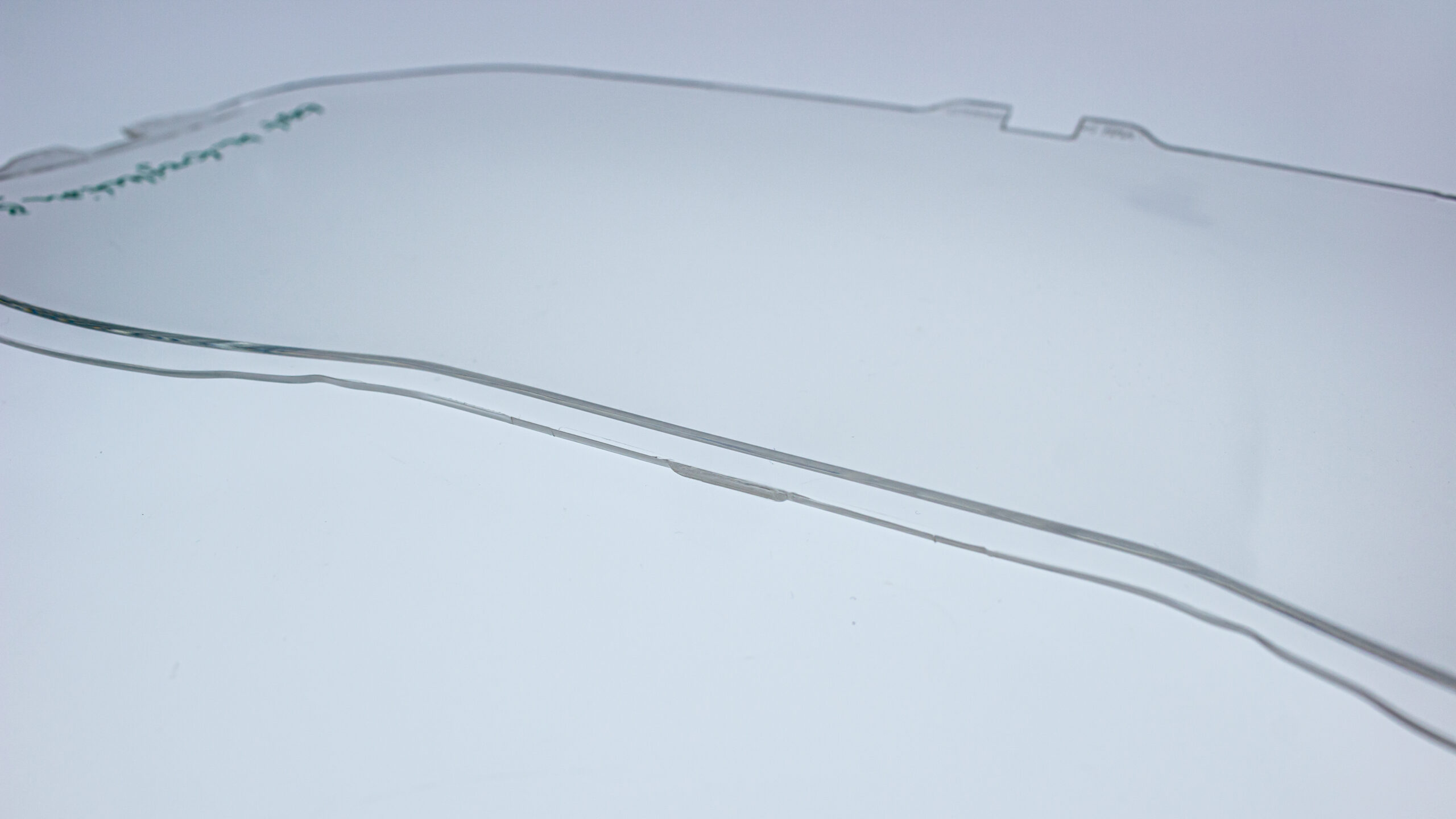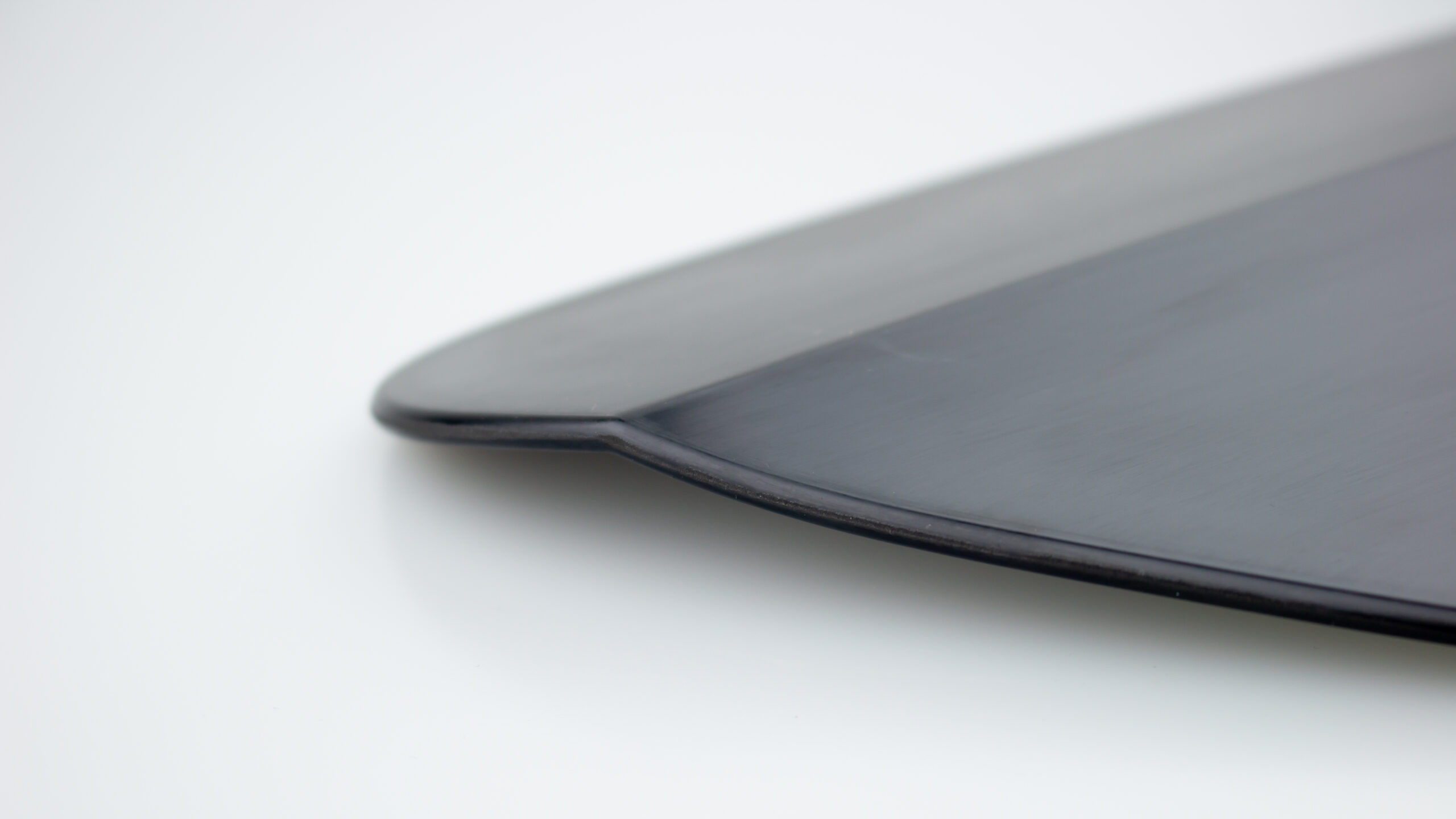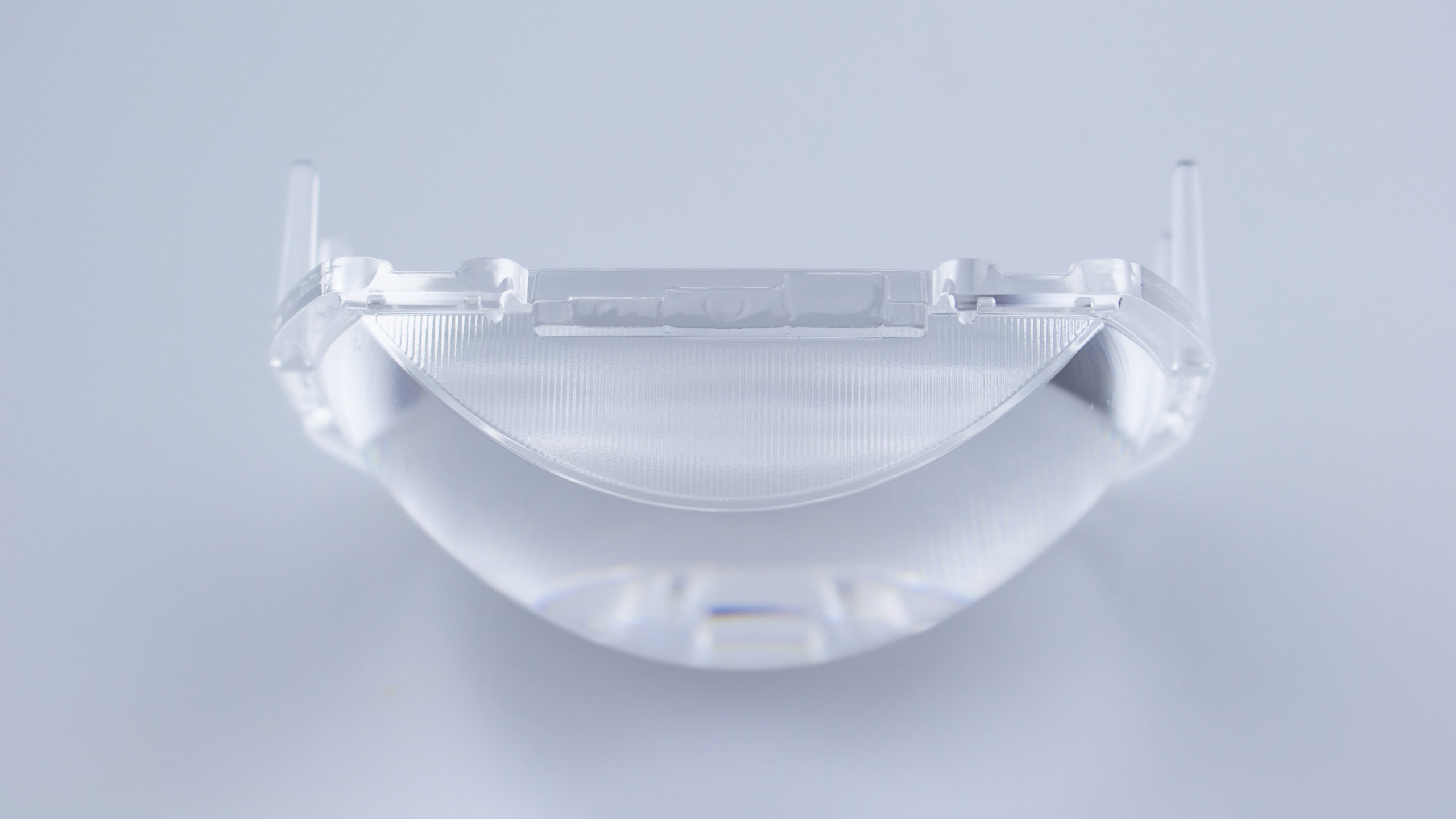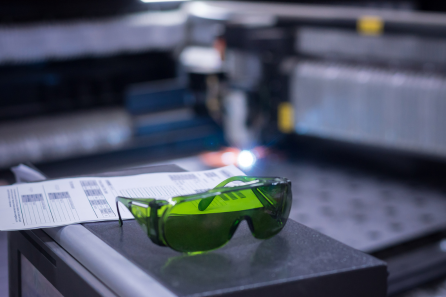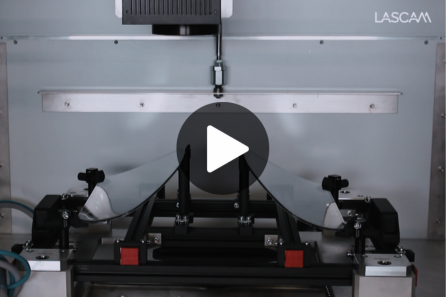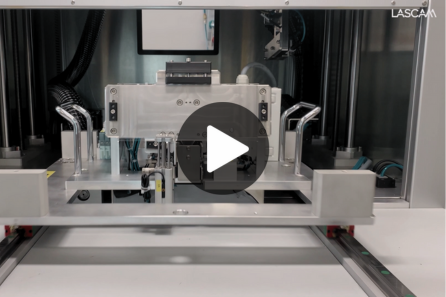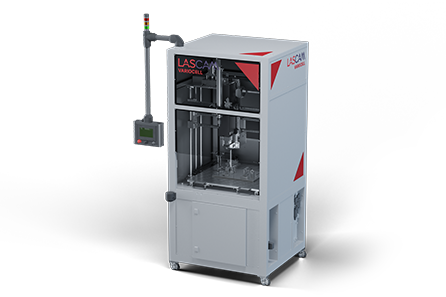Laser sprue cutting is now a proven alternative to conventional mechanical technologies such as grinding, shearing and milling. Laser provides the possibility of contactless cutting of the material, therefore there is no wear of the cutting tool, no splinters or other solid waste. In addition, it ensures maximum quality and homogeneity of the machined surface without contamination from process residues. The technology can be directly integrated into an automatic pressing process or as a stand-alone Vario product platform.
Laser sprue cutting
Advantages
- Contactless method
- No heat input
- Final surface without the need for further repair
- Innovative replacement for milling or cutting
- Without contamination of the final part
- Process speed up to 150mm/s
- Processing accuracy ±0.05mm
Wide selection of polymeric materials
Since far infrared radiation (FIR) is readily absorbed by C-H, C-C or C-O bonds, lasers from this spectral region are a good choice for cutting polymer materials. Moreover, the vast majority of polymer macromolecules are composed of these exact bonds. Therefore, using a single laser technology, it is possible to process polymers of almost any composition: PMMA, PP, PE, ABS, PET (and many others) or their combinations, including various additives and fillers.
Laser trimming
Traditional applications of FIR lasers include laser trimming, specifically the removal of overflows of separating planes. Overflows can be caused by mold wear due to a high number of production cycles, but also by production inaccuracies of pressing tools, or other reasons. One suitable technology for removing overflows is laser trimming, which enables the unwanted overflows or chips to be cut along the circumference of given part. With the help of vision analysis, it is possible to machine even shape-unstable parts with a high accuracy of up to 0.05 mm.
High-quality cutting
Most plastics are cut using the vaporization process, which means the resulting cut can meet stringent qualitative requirements. In most cases, the cut material can be machined in a way that avoids affecting the color, texture, purity or elasticity of the material at the point of laser interaction. This allows the machined part to be immediately used in subsequent production steps without the need for intermediate technological steps, such as cleaning, even in demanding applications (headlight production or painting).

